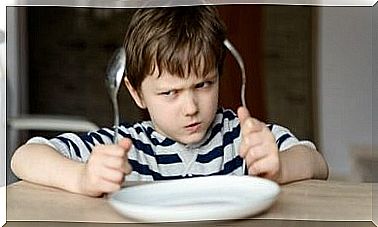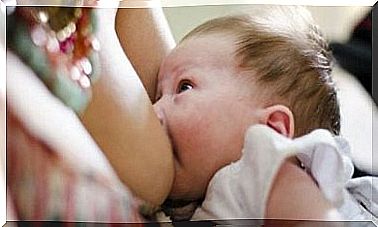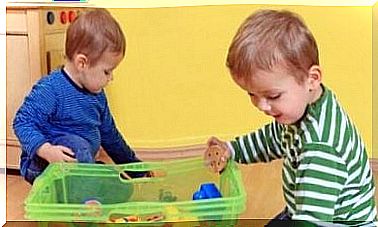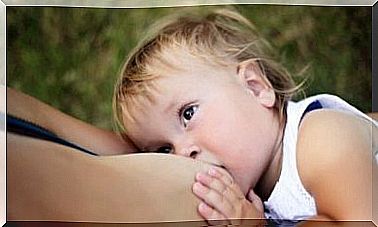The Loss Of Teeth In Children: When It Happens And In What Order
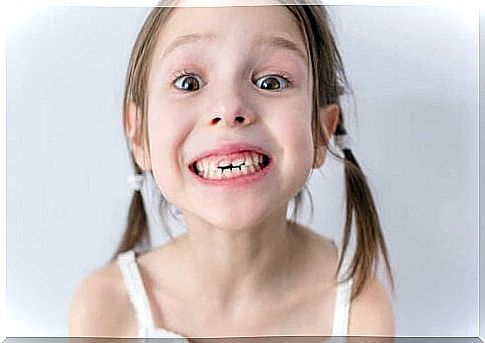
Tooth loss in children is a process that tends to begin when the child is between 5 and 6 years of age. Of course, age can vary depending on the child’s genetics.
It is important for parents to inform themselves about this process and be alert to changes that require a visit to the specialist.
What you need to know about tooth loss
The teething process begins around 6 months of the baby. These, of course, are estimated times, since every child is different. From this moment and up to about 2 or 3 years, both arches of the milk teeth are completed.
Thereafter and until the child turns 5 or 6 years of age, no visible changes occur in the mouth. Despite this, changes take place internally. The gums are preparing to expel the baby teeth and replace them with the permanent teeth.
After this renewal process has begun, it will take approximately 3 to 4 years until the tooth change is complete.
Although tooth loss begins to occur, on average, at 5 years, and the final change process can take up to 4 years longer, in reality this does not end until the age of 17 or 21.
The reason? It is at this age that the third molars, better known as wisdom teeth, begin to emerge.
In what order do teeth fall out?
In general, the first teeth to fall out tend to be the first baby teeth that came out to the baby. Usually the first milk teeth to come out are the lower centrals, followed by the upper centrals. This is why they also tend to be the first to fall.

Lower incisors
The lower incisors are located on the inner and lower part of the gum and are generally the first to appear. These push the milk teeth until they are able to eject them and have enough space for the final tooth to come out.
The upper teeth
The final second teeth that usually come out to children are the central superiors. In this case, they come out from the front of the gum.
First and second molars
The first and second molars are found in the third group of teeth which usually fall out. In this case, the fall of the first molar tends to occur between 9 and 11 years of age. Instead, second molar loss occurs between 10 and 12 years.
canines
On the other hand, dairy canines tend to fall out along with the second molar. That is, this process occurs around 10 or 12 years of age. Of course, these changes can vary from one child to another, as factors such as genetics can affect them.

What to do when the tooth loss process begins?
As we have seen, the process of changing teeth begins around 5 years of age. There are parents who make the mistake of forcing the movement of their teeth to accelerate their fall.
However, this is not recommended, as it can take a long time from when the tooth starts to move until the moment it falls out.
In this sense, it is important to tell children that they should avoid moving or touching the tooth that is wobbly with their tongue. The idea is that it comes off completely naturally, as this will make the process much faster.
In the event that the tooth is so wobbly that it annoys the child in speaking or eating, the most recommendable thing is to take him to a specialist. He will be the person in charge of removing the tooth and, in this way, avoid hindering the development and growth of the final tooth.
It is important that parents are involved in the whole process of their children’s teeth falling out. Getting informed is the first step to recognize if there is any problem or delay in the development of the final dentition. In this case it is recommended, once again, to consult a specialist.

